By David K. Joyce and Raymond McDougall
The land around Gibson Road East, near Tory Hill, Ontario abounds with calcite vein-dykes and the minerals that we often associate with calcite vein-dykes, particularly fluorapatite, titanite, amphiboles, microcline and phlogopite. Every Fall, I look forward to collecting with my mineral friends Ray McDougall, George Thompson and Terry Collett in the woods on Gibson Road East, in a quest to find nice crystals and perhaps top what I/we found last year. This year, 2019, turned out to be an exceptional year! The weather was perfect fall time –warm to cool, no rain, sunny, Fall colours in the hardwood forest, no mosquitoes or black flies AND we did find nice minerals in an exceptional, unique calcite vein-dyke.
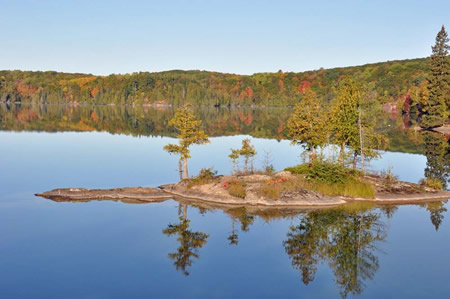
Figure 1) A pleasant Fall scene on Bay Lake, on the road to Ray’s Home

Figure 2) Fall colours were great this year in the Bancroft area!
About “Calcite Vein-Dykes”

Over thousands of years since the end of the last ice age, weak, circulating, slightly acidic, ground water from the soils over and around the calcite deposits, slowly dissolve the calcite away, exposing the crystals on the wall rock-contact and freeing crystals that were suspended in the calcite. Typically, vein-dykes are dissolved to a depth of a couple of inches to 12 or more feet, although a few feet is more normal. The depressions that are left by the dissolved calcite have been filled in over the millennia by silt, dirt, glacial till and leaves and roots. We have to dig down through all of that to get to the crystals! The process starts with scraping leaves away from a likely looking spot, hacking through roots and dirt, lifting out glacial till and country rock that has sloughed into the depression and, eventually, reaching crystals on the wall rock and loose crystals that are down in the soil just above the remaining calcite. It is hard work and we never know what we’ll find as we dig along strike.
Calcite vein-dykes are a unique type of deposit that we find in the Metasedimentary Belt of the Grenville Geological Province. They are a hybrid type of deposit with characteristics similar to both veins and dykes. Generally, they are “vein-dykes”, mostly composed of coarsely crystallized calcite with fluorapatite and phlogopite and sometimes other mineral crystals suspended in them. A key theory of calcite vein-dyke formation is that heat produced by intruding igneous plutons, perhaps aided by fluxing agents, drew carbonate out of sedimentary rocks, as a melt, in proximity to the plutons. The hot carbonate melt was mobilized and forced into openings in surrounding rocks. Some people believe that some of the bigger calcite vein-dykes are more closely akin to carbonatites. Regardless of origin, as mineral collectors, we like the fact that the mobile calcite caused re-crystallization of the rocks that it contacted. The contacts between calcite vein-dykes are characterized by large crystals of minerals that reflect the composition of the surrounding rocks. So, in feldspar/mica/amphibole-rich zones of country-rock, the crystals that form at the contact between the calcite vein-dykes and the country rock are usually large feldspar/mica and amphibole crystals. If there is significant titanite in the surrounding rocks, then relatively large titanite crystals are usually found on or with the feldspar crystals. The calcite vein-dykes in the Gibson Road East area cut through feldspar-mica-amphibole schists and gneisses so those are the main kinds of crystals that we find. In addition to those minerals fluorapatite which seems to come with the calcite, not from the surrounding rocks is found throughout the calcite and attached to the walls of the vein-dyke country rock contact.
Back to Collecting!
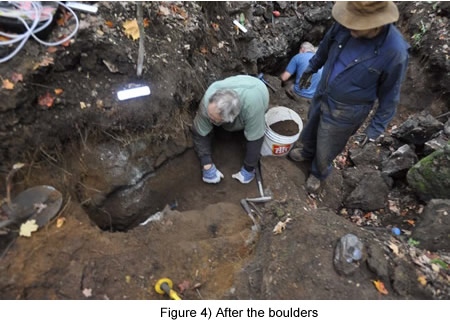
We assembled near Bancroft at Ray’s beautiful home in the woods in late September, 2019. George is a farmer and, unfortunately, the timing in both such collecting projects in both 2019 and 2018 has been such that he was only able to join the rest of us for a small part of the time while we were collecting. The reason was that it was harvest time and he had to spend much of that time, at the farm harvesting and storing his corn crop.
We decided to collect in a promising vein-dyke we had come to refer to as “Titanium City” because of the large amounts of small titanite crystals that we had found there in two previous years. In the earlier years, we had located the vein dyke and started excavating through the roots, leaves, dirt and boulders along strike. Some nice, small titanite crystals had been found and it certainly was a titanium-rich system! The excavation along strike had taken us to 3-4 feet in depth before the un-dissolved calcite was encountered.
Thankfully, George was able to join us for a full day at the beginning of our week. The earlier collecting had taken us down to the undissolved calcite, and along strike to a spot that was clogged with large boulders of sloughed country rock. The hole seemed to go down under the boulders. George was able to break the boulders into sizes small enough to manhandle them out of the hole, so that we could dig downwards. George and Terry took care of this job handily. They were the brawn of this project. Those two guys seem impossibly strong and Ray and I usually watch them execute feats of strength and endurance in awe. I’d like to say that Ray and I are the “brains” behind the brawn but it’s just not true. All of us have a pretty good head for collecting techniques, planning and carrying out projects. So the boulder chunks were moved out of the way so digging downwards could continue. George “opened the door” to our successful collecting and adventure.

Figure 5) Ray starting to dig “the tunnel”
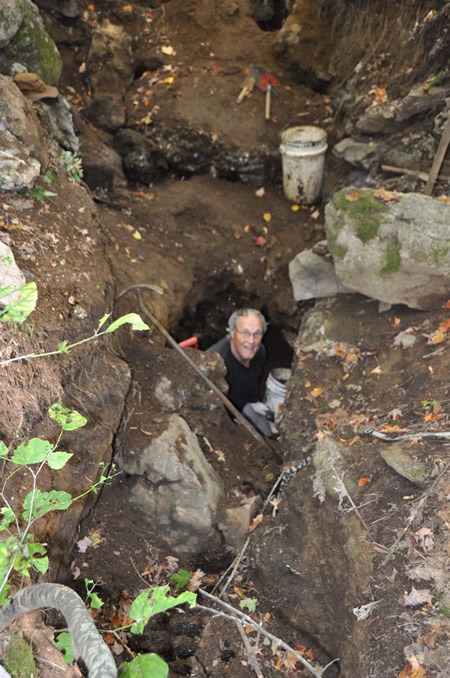
Figure 6) Terry at the entrance to the tunnel
As we dug down in the hole under the now-gone, decimated boulders, we found that the calcite “floor” of the trench was not the true floor. There seemed to be a hollow filled with debris under the calcite, which turned out to be a mere calcite “shelf”. As it turns out, it was a substantial hollow that a person could climb into as excavation progressed. And progress it did! For two days we dug laterally under the calcite ledge, propelled on by the scent of moist dirt, organic material and the promise of well-formed mineral crystals. As we dug, we used buckets or bins to move the debris to the entrance, of what became a “tunnel”, to be lifted out, dumped and sifted through for crystals.
Terry is from Nova Scotia where the mineral collecting is very rewarding but very different. Most of the collecting that Terry does out east is by chiselling crystals out of vugs and veins in cliff faces and rock outcrops around the Bay of Fundy. This type of collecting is very different with different minerals and Terry gets a kick out of it! In addition, he is a great cook and lunch-maker!
As we dug under the calcite, we were careful to not damage the wallrock of the vein-dyke on our right. It was covered with crystals of fluorapatite, phlogopite, amphibole and some titanite crystals. We’d dig out a few feet and then chisel or pry crystals off of the wall. Really, though, most of the crystals on the wall were damaged by frost since being liberated from the calcite thousands of years ago. There were some good ones though!

Figure 7) Terry happily collecting crystals off of the wall

Figure 8) Ray in the tunnel. Note the crystallized wall on the right
As we removed the debris from the tunnel, the height of it in the tunnel decreased somewhat so that eventually we could see over the top of it. By this point, Terry had named the tunnel the Crystal Palace Stope. For most of the time, it just looked like more tunnel but when we got 6 metres or so back, it was apparent that there was a large opening at the end. A cave! Lots of room for a man to crawl in, sit up and relax, then turn around and shimmy back out. The cave was interesting in that above was calcite, while on both sides, was wall rock. The wall on the right side was covered with crystals, just as the tunnel had been. There were smaller shelves of calcite attached to the walls that seemed to indicated past water levels and calcite dissolution. When sitting in the cave, looking back towards the entrance of the tunnel and then looked down, There is a pristine pool of water about four or five feet down. It is hard to see in the photo, since the water is so clear but it is there. There were no traces of animal activity in the cave but We did notice a couple of spiders and so imagine there must be some small entrance into the cave from surface.
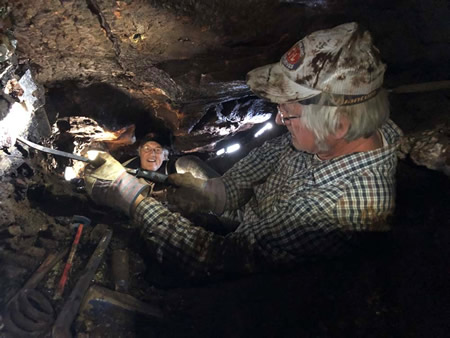
Figure 9) David, underground, collecting crystals off of the vein-dyke wall. R. McDougall photo

Figure 10) Terry is very good at chiselling!
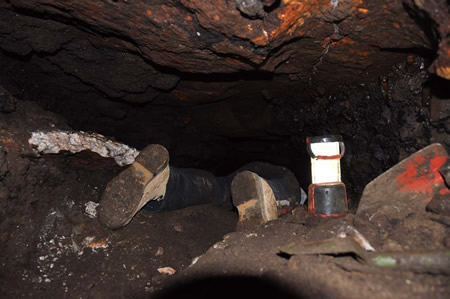
Figure 11) Looks like these are Terry’s legs!
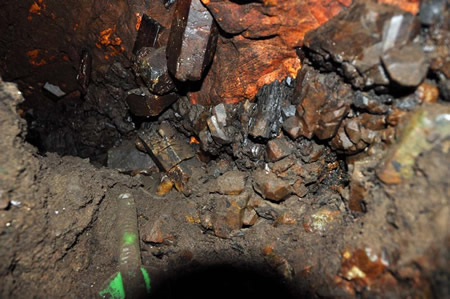
Figure 12) Mostly fluorapatite crystals on the wall and ceiling of the vein-dyke
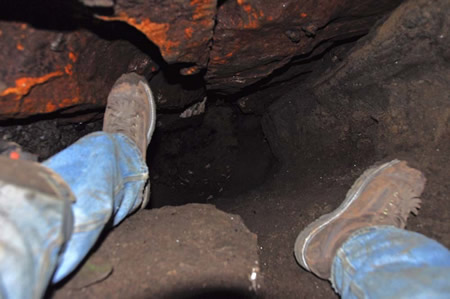
Figure 13) David sitting in the cave looking down 1.5m at a pristine water table pool

Figure 14) The left side and back of the cave showing partial calcite shelves
There were very few good crystals suspended in the debris. Most of the good ones were chiseled off of the wall of the vein dyke. We wrapped all of the specimens in grocery bags or newspaper and packed them for the trip back to Ray’s place for preliminary cleaning in his facilities.
Cleaning has been fairly simple. The titanites, apatites and amphiboles responded nicely to a quick dip in Super Iron Out, which seemed to dissolve the thin coating of iron oxide. A quick tooth-brushing removed most of the organic material and any light silica or sulphate coating. I tried putting the feldspars in iron out but found that some looked less attractive after even a brief soaking. I elected to just lightly mechanically clean them and leave the natural patina alone. Similarly, the phlogopite specimens needed just a light brushing and possibly a quick iron out dip to brighten them up. Ray air abraded all of his specimens which removed the last lustre-inhibiting agents and this proved to be an excellent technique for finishing them.
Here are some pictures of some of the mineral specimens that we found.
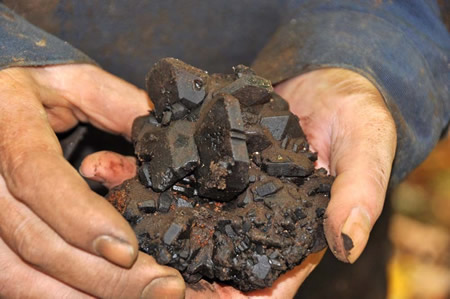
Figure 15) Dave’s favourite fluoro-richterite cluster before cleaning
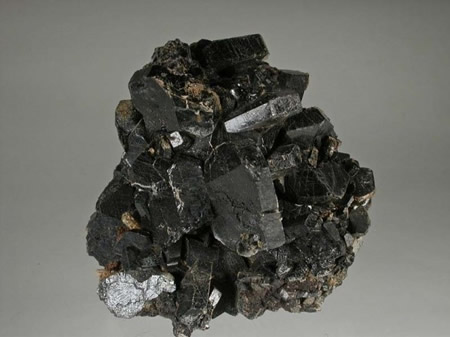
Figure 16) Same fluoro-richterite specimen after cleaning. Odd bladed habit!

Figure 17) Bladed fluoro-richterite crystal cluster, 7.0cm tall. R. McDougall Photo
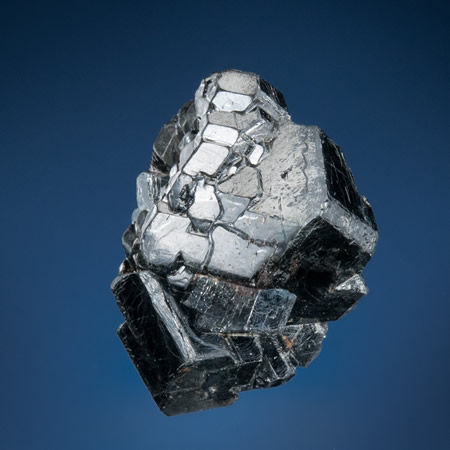
Figure 18) Fluoro-richterite crystal cluster, 6.0cm tall. R. McDougall Photo
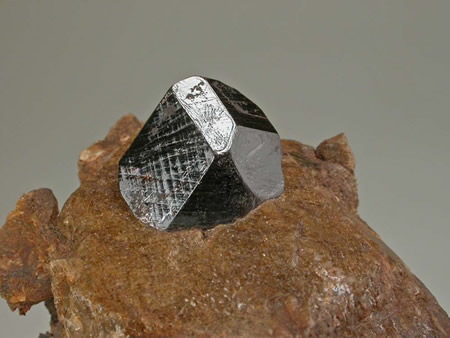
Figure 19) A 1.3cm Titanite crystal on microcline crystal matrix
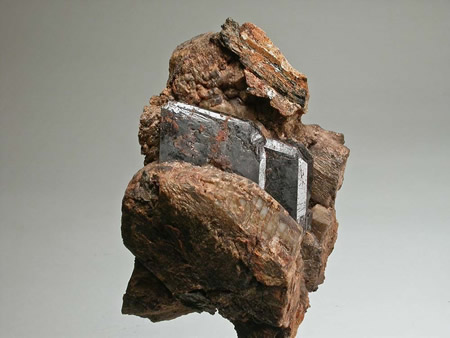
Figure 20) A parallel-growth titanite crystal on microcline, specimen 11.0cm tall

Figure 21) A sharper, 7.0cm fluorapatite crystal on a corroded crystal

Figure 22) Here is the nicest, larger (18.0cm long) fluorapatite crystal that we collected this year

Figure 23) Titanite, 4.0x3.0x3.0cm

Figure 24) Doubly-terminated fluorapatite crystal, 9.0cm tall. R. McDougall Photo
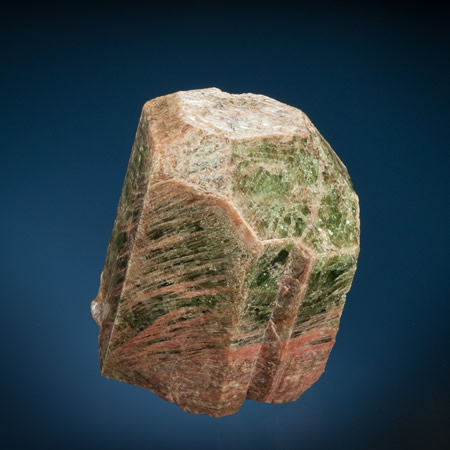
Figure 25) Singlely-terminated fluorapatite crystal 10.0cm tall, R. McDougall Photo
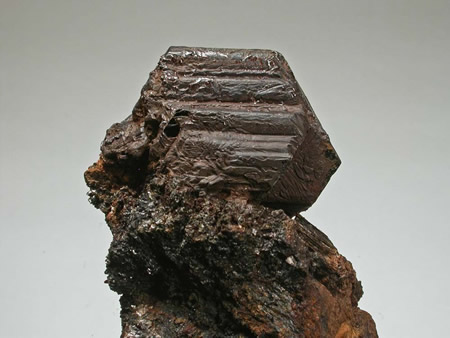
Figure 26) Back of one of the sharper phlogopite crystals on matrix
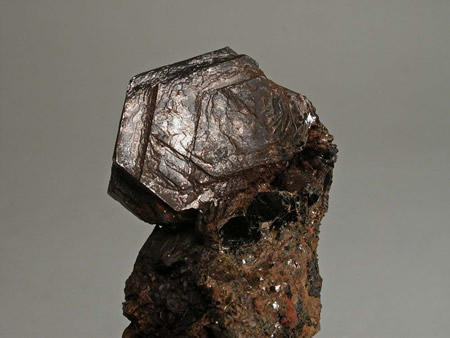
Figure 27) Front of the same doubly terminated crystal, seemingly hemimorphic
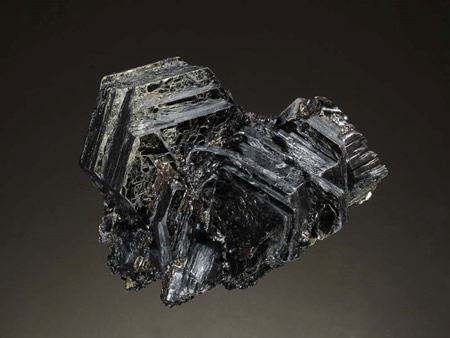
Figure 28) Phlogopite, 6.0x5.0x4.0cm
Rudy’s Feldspar Mine.
Ray took Rudy for a walk one morning to wear off some of Rudy’s “young dog energy”. Somehow, he found a promising microcline spot up on the side of a hill, west of where the underground workings were. He brought back a couple of promising looking crystals, so a day or two later, Ray and Dave went off with Rudy to find that spot again and try to extract some specimens. The occurrence was protruding out of the hillside as a little cliff and we started prying off large chunks of rock to better expose the seams. We did manage to expose some good looking zones of crystals and harvested some very good samples.

Figure 29) WAY back in on Gibson Road, on the way to Rudy’s Mine, Rudy leading
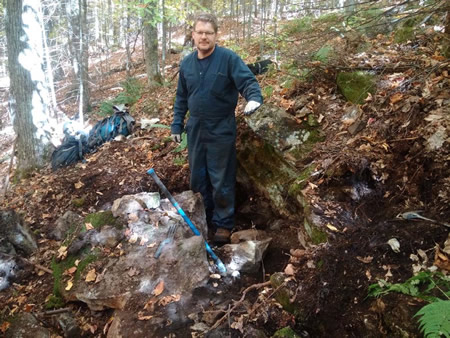
Figure 30) Rudy’s Mine with Ray in it!

Figure 31) Microcline cluster, 15.0cm across, from Rudy’s Mine
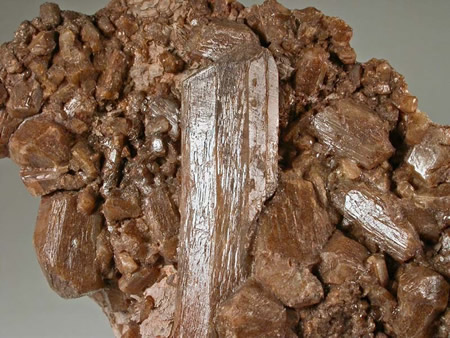
Figure 32) The twinned, 6.0cm crystal of microcline

Figure 33) Another picture of the Rudy’s Feldspar Mine occurrence

Figure 34) Microcline cluster from Rudy’s Mine, 10.0cm across
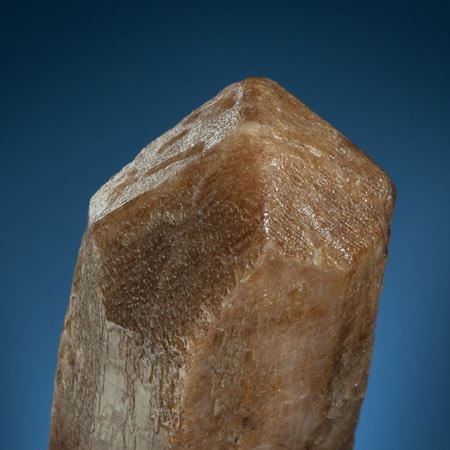
Figure 35) Twinned Baveno-law microcline crystal, 3.1cm across . R. McDougall Photo
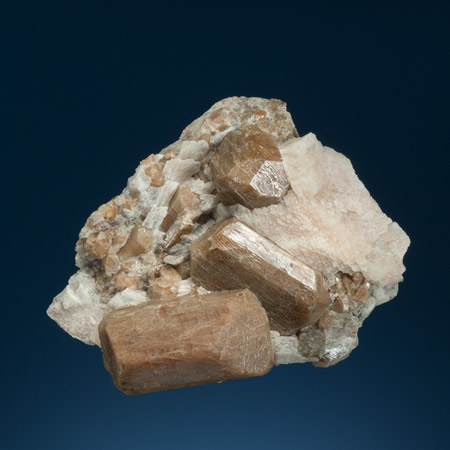
Figure 36) Superb cluster of Microcline crystals with calcite, 12.0cm across. R. McDougall Photo
Gibson Road East, 2018 and 2017
We also had great collecting experiences in 2018 and 2017! The same crew, George, Terry, Ray and David. We worked on different vein-dykes, though, and some yielded some good specimens.. Each was labelled with handles such as “The Big Hole”, another was “Titanite Tree” and yet another was “The Zone of Goodness”. “Charles’ Hole” and “Ray’s Hole” also yielded some good specimens.
“Titanite Tree” was a vein-dyke exposed after a strong wind storm that knocked down several large maple trees and in the roots were…titanite crystals!! We dug in that vein dyke and ultimately liberated some nice titanite and fluorapatite crystals.
The “Zone of Goodness” was a very small seam, probably not really a full-fledged vein-dyke, that yielded very nice, high-quality, if relatively small, amphibole and microcline crystals in a tight seam. George did the majority of work on that one and utilizing David’s Pionjar drill, liberated some nice plates of those minerals with feathers and wedges.
“The Big Hole” is still a work in progress. It is the deepest weathered vein-dyke encountered, to date, out on Gibson Road East. A couple of very high quality titanite specimens, one a beautifully twinned crystal have been recovered from the Big Hole but, considering the hundreds of five-gallon pails of debris that have been removed from that hole, the specimen recovery has been disappointing. The best is yet to come!(someday…)

Figure 37) David K. J. “diggin’ in a hole!”. R. McDougall Photo
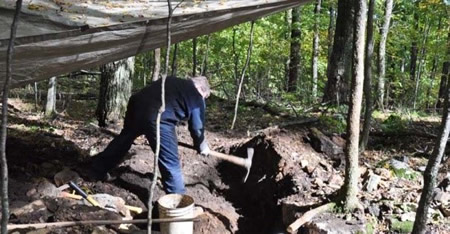
Figure 38) Ray loosening up the dirt and roots at the top with his mattock

Figure 39) Terry supervising Ray’s digging efforts
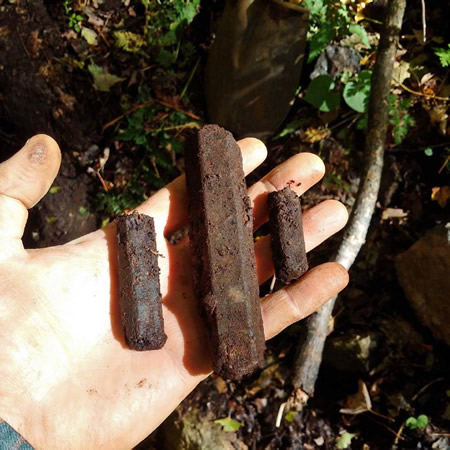
Figure 40) Amphibole crystals, right out of the dirt!
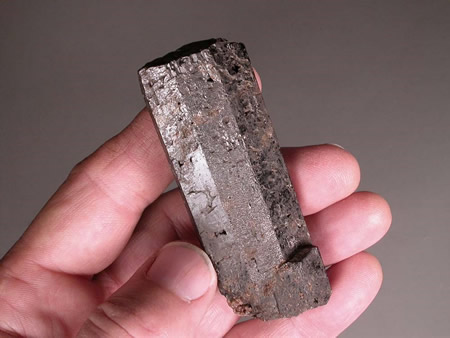
Figure 41) Sharp, twinned amphibole crystal
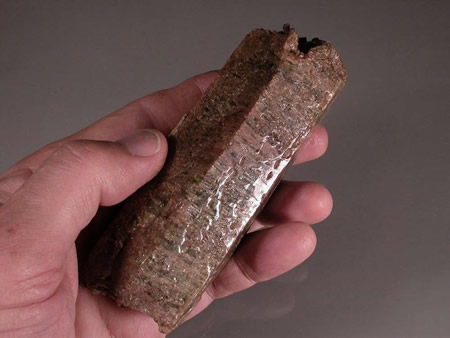
Figure 42) Fluorapatite, naturally weathered out of the calcite
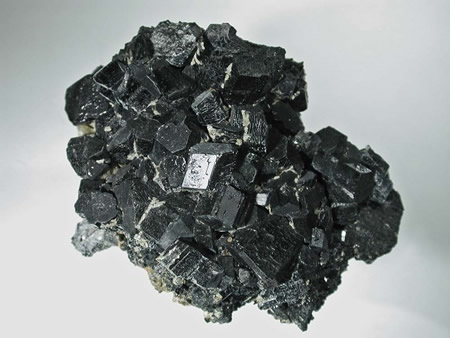
Figure 43) Amphibole, 10.0x8.5cm, “Zone of Goodness”
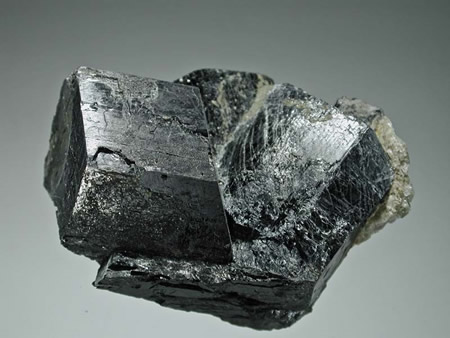
Figure 44) Amphibole, 6.5x4.6cm, “Zone of Goodness”
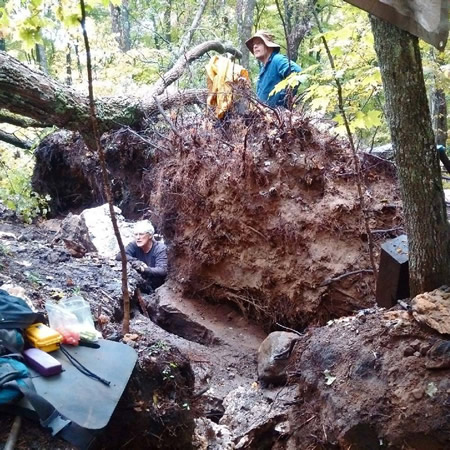
Figure 45) “Titanite Tree” location
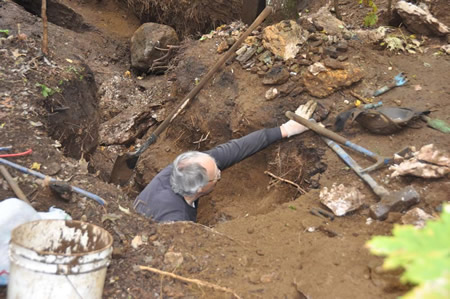
Figure 46) Terry Digging for titanites at the Titanite Tree spot

Figure 47) Ray (L) and George (R) Drawing cards to decide pick order. Terry looks on
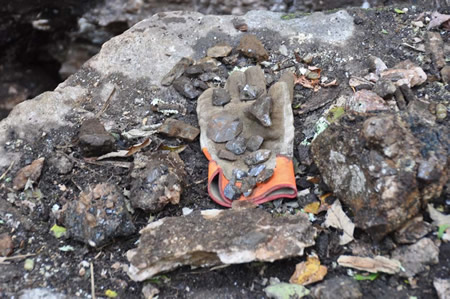
Figure 48) Titanite crystals from the Titanite Tree location
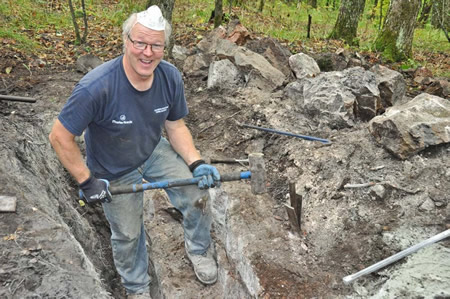
Figure 49) George working the car springs and chisel at the “Zone of Goodness”

Figure 50) George in the “Zone of Goodness”

Figure 51) Terry standing in “The Big Hole”
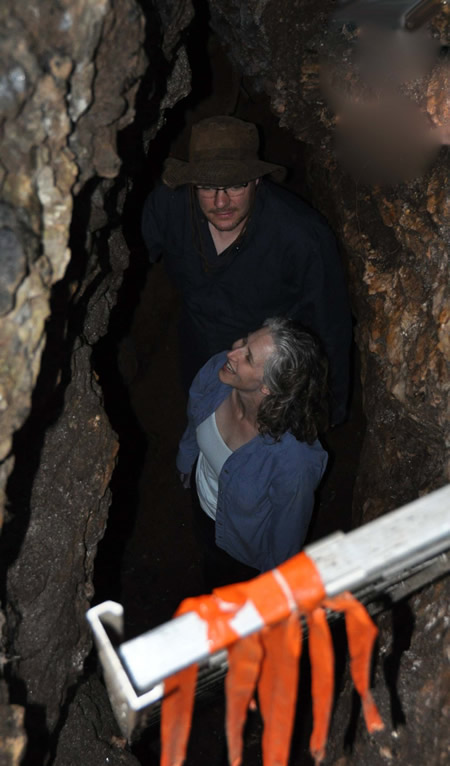
Figure 52) Carolyn, Ray’s better half, came to see where Ray was getting so dirty!
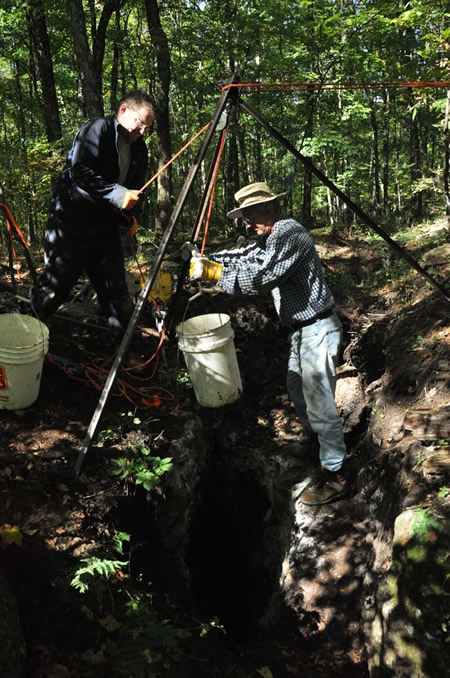
Figure 53) How we mucked out the Big Hole
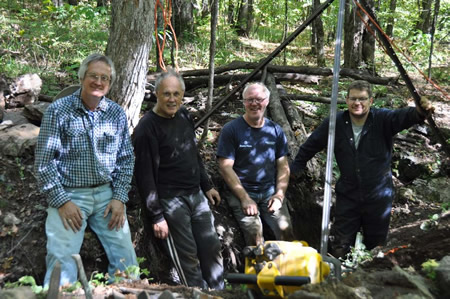
Figure 54) The Crew, left to right: David K. Joyce, Terry Collett, George Thompson, and Ray McDougall
Many of the properties in this area are private. Others are subject to claims or other rights. All collecting at such sites may only be undertaken with the permission of the owner of the applicable property rights.
This post does not constitute advice or recommendation to travel to the localities mentioned, and any decision to do so is each person’s own risk and responsibility. Adherence to applicable law and respect of private property are fundamental, and each of us is individually responsible – for ourselves, families and friends, and to the mineral collecting community as a whole – to be compliant and respectful at all times. If you are crossing or conducting any activity on private property, appropriate permissions must be obtained.